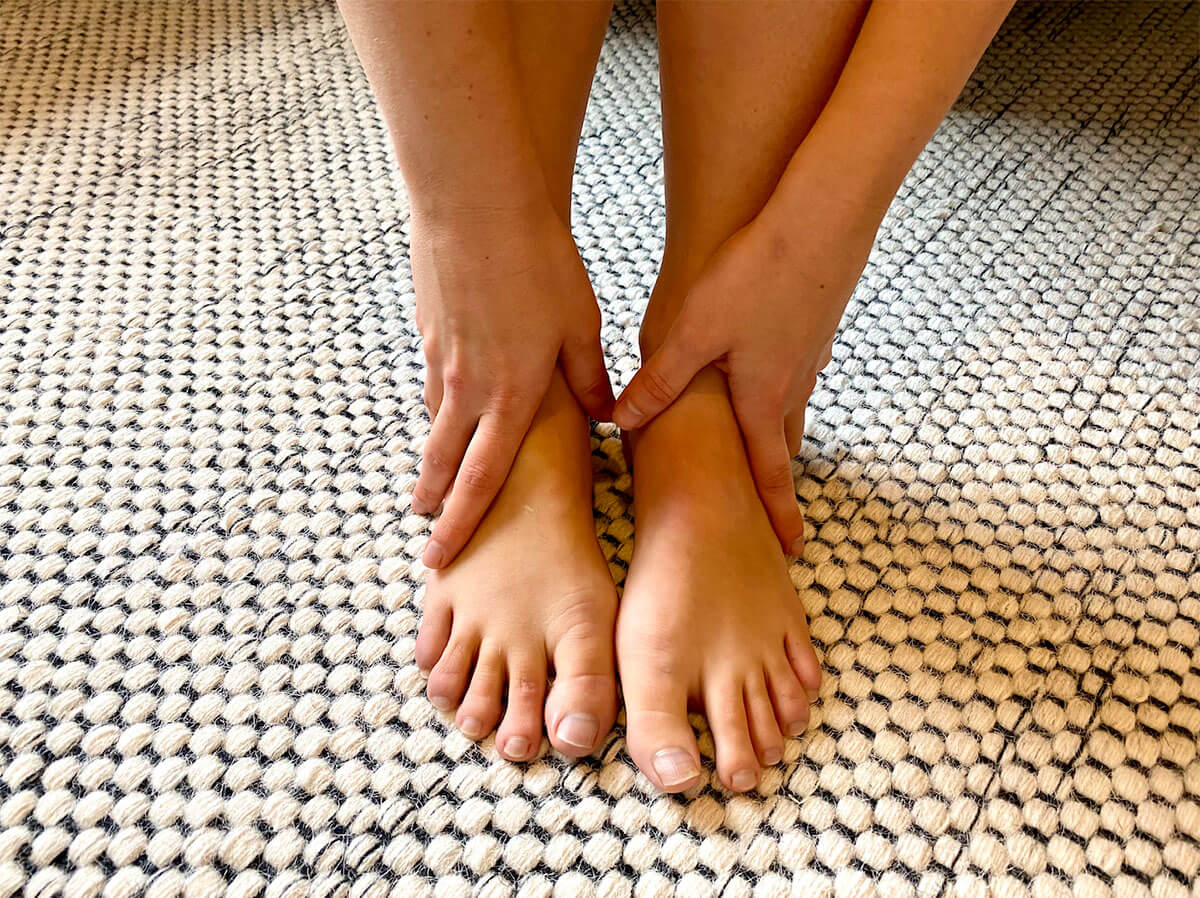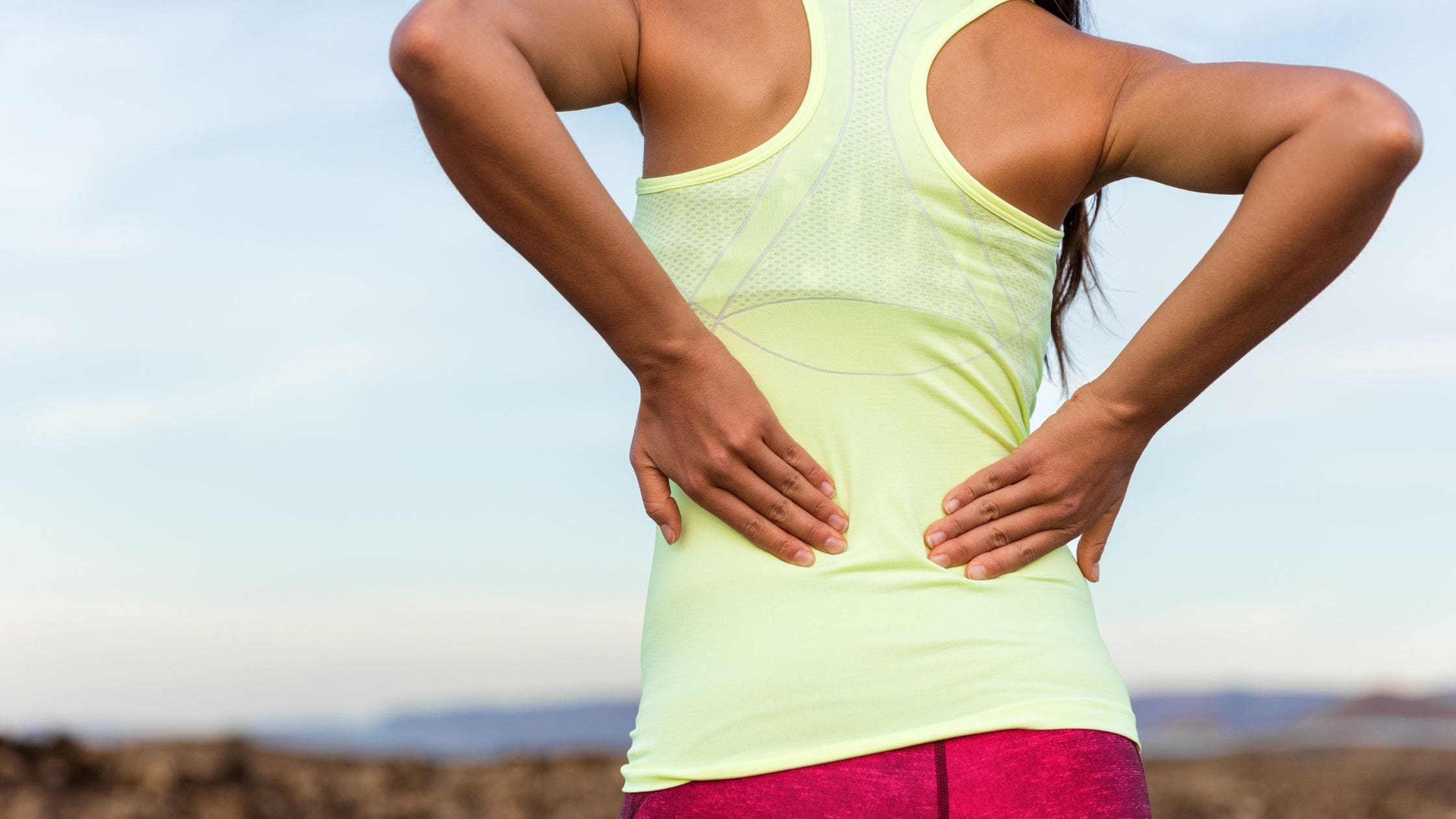Are you fed up of being in constant pain? Are you bored of feeling like you are 100 even though you are still young? Do you want to be a bit more active but not at the expense of having to rest for the next week?
You are not the only one to have said this.
At Complete Pilates we hear this a lot and completely understand. No one wants to live in pain.
Perceived benefits, rationale and preferences of exercises utilised within Pilates group exercise programmes for people with chronic musculoskeletal conditions: A questionnaire of Pilates-trained physiotherapists.
Gaskell L, Williams A, Preece s. Musculoskeletal care. 2019 May 24
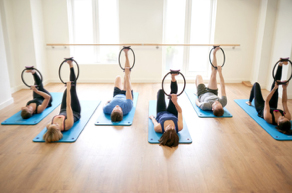
Reasons for this study
17.8 million people live with a musculoskeletal condition in the UK which is around 28.9% of the total population.
Prognosis is often poor with many people reporting persistant pain 6-12 months after seeing a practitioner.
Chronic conditions can severely affect quality of life.
Pilates uses a combination of exercises which have been shown to reduce pain.
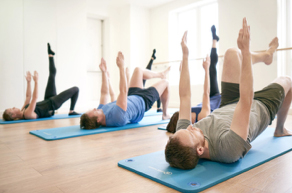
Benefit 1 – Improve function and increase activity levels
A combination of physical benefits including core strength, improved posture, body awareness and flexibility, increased joint stability and improved balance and function.
Pilates was shown to be a catalyst to change sedentary lifestyles.
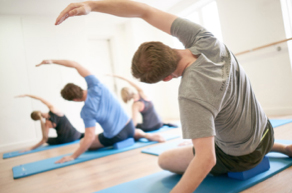
Benefit 2 – Ability to self manage their pain
Pilates promotes self management by improving movement patterns and posture and reducing pain.
Smaller classes are geared towards individualised treatment. These allow better exercise correction and education
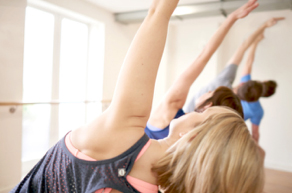
Benefit 3 – Adaptability, efficiency and mental health
Useful as a social interaction, especially for older people.
Improved mental wellbeing due to nature of emphasising quality and control.
Each exercise is adaptable for people depending on their needs.
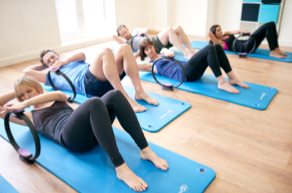
Conclusion
Some specific exercises which related to patient’s individual conditions should be used.
Exercises were linked to evidence around motor control, direction preference and biomechanical principles.
All Physiotherapists advocated self management which encouraged people to be active. This included completing other physical activity to meet UK Department of Health standards as published in 2011 of a minimum of 3 days, 150 minutes of a variety of intensity of activity. In adults, this should include aiming to complete some physical activity daily.
Education is key:
These blogs are designed to give information to everyone, however, it is important to remember that everyone is different! If you have not seen one of our therapists and have any questions about injuries, what you have read or whether this may be useful to you, please just ask. We are more than happy to help anyone and point you in the right direction. Our biggest belief is that education is key. The more you understand about your injury, illness and movement, the more you are likely to improve.




